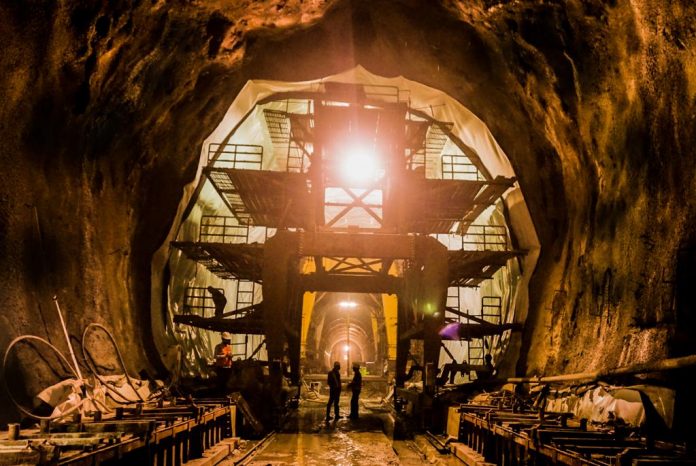Dateline Uttarakshi: “Tunnelling is an art and complexity is its beauty,” a thought put into action in the construction of the Silkyara Bend-Barkot Tunnel Project with escape passage in Northern Himalayas.
Being constructed by NHIDCL at Dharasu ˗ Barkot ˗ Yamunotri Road (NH-94/134), in Uttarakhand, this engineering marvel is located on the Chardham route that connects Gangotri, Yamunotri, Kedarnath and Badrinath.
Termed as on one of the most prestigious highway projects currently underway in the Himalaya, this bi-directional, two lane 4.531 km long tunnel has an excavated diameter of 14 m. The project is considered as most challenging given its terrain, topography, accessibility, climate, geology and hydrogeology.
Commenting on the development, Mr Raj Kumar, CMD, Rodic Consultants Pvt Ltd., Authority Engineer for the supervision of this project said, “Rodic Consultants takes pride in being part of this dream project located in the Himalayan region. This is truly a challenging task, given the geolocation of the site and the environmental norms of the location. Significant work has been done for the excavation, bridging and hauling process. Once completed, this tunnel will not only facilitate easy access to Uttarakhand’s pilgrimage sites but also enable the development of backward areas, connect new trade centres, and serve the resident population with better economic prospects.”
The tunnel after completion will reduce the road length from 35 km to just 4.537 km. Yamunotri being just about 50 km from this tunnel will make it an easy access for pilgrims who then plan to travel towards Badrinath and Kedarnath.
Barkot and Silkyara are the two ends of the tunnel, with the tunnel alignment covered with overburden/soil with a thick pine forest over it. Apart from being a tourist attraction, this megastructure promises to be an engineering marvel considering the challenges such as 90% of the tunnel is being excavated in phyllite, a very weak rock, using New Austrian Tunnelling Method (NATM) that employs sophisticated monitoring to optimize various wall reinforcement techniques based on the type of rock encountered as tunnelling.
It is expected that this national asset will be completed and commissioned as early as next year i.e. 2022.

























































